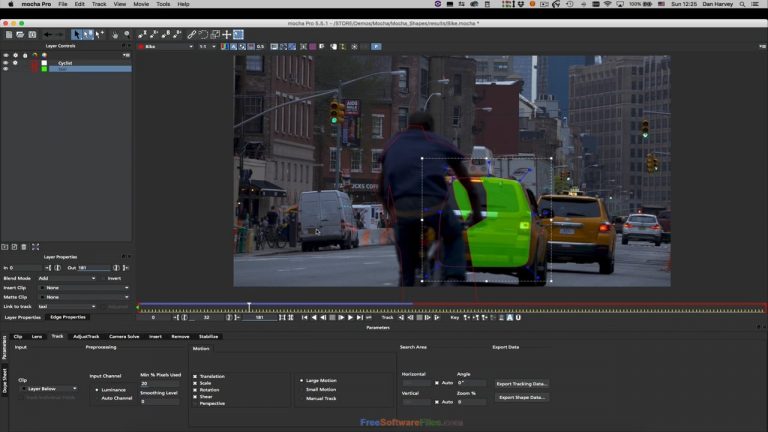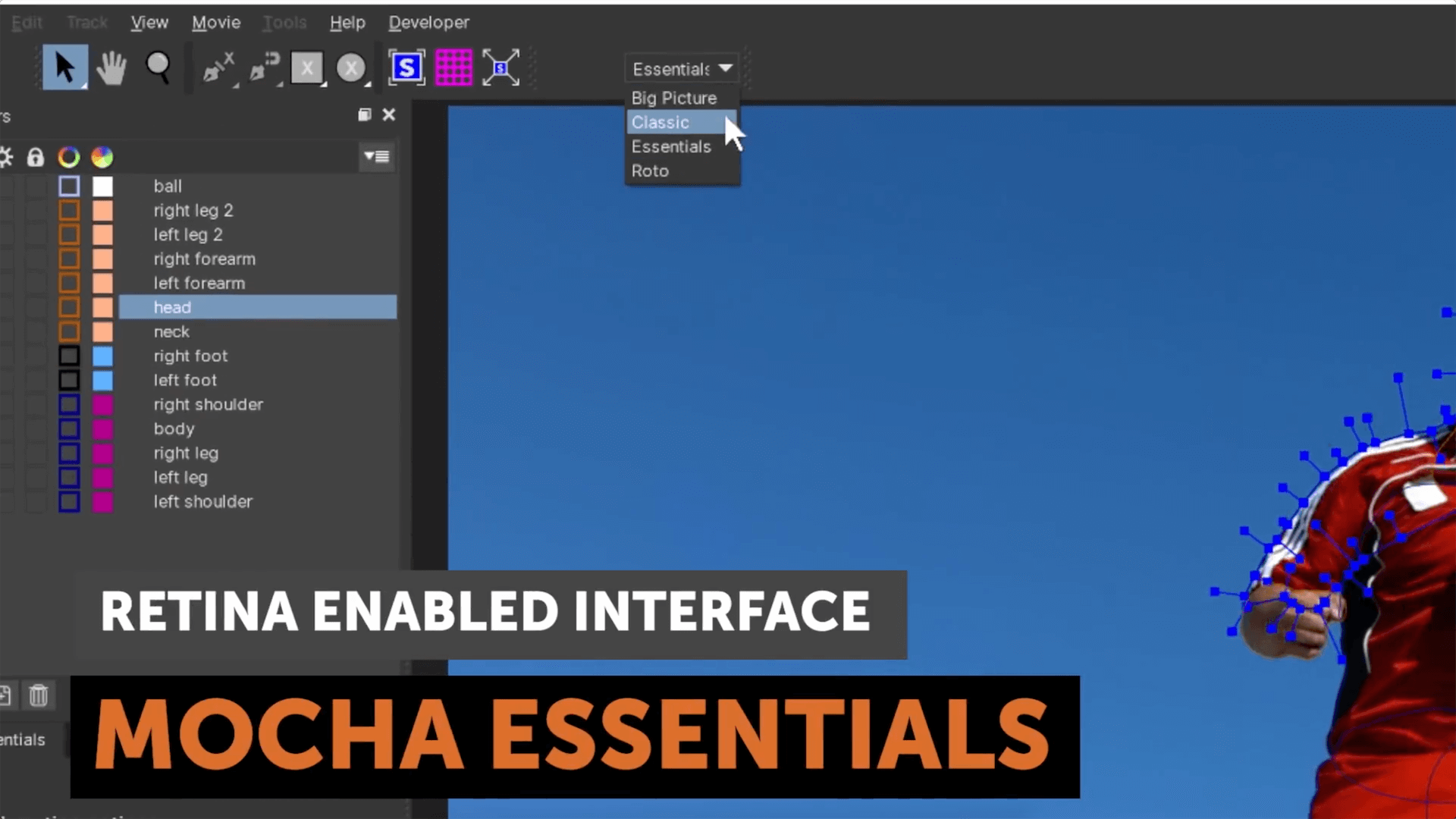

Now, typically what you would do at this point is named the layer. As we scrubbed through this, you can see that MOCA did a really good job of tracking. This error message is just telling me that at this frame, there nothing left to track. And now we need to track backwards from this frame. Mark Christiansen (02:17): It tells me that this part of the shot's been tracked. You can see that MOCA is doing a very good job of tracking this blue area. We do need to have all of these boxes check down here. Now, because this tracking area is moving rotating, scaling, and shifting perspective. All I'm trying to do is pick an area that has some good details that the planar tracker can keep track of it. I'm going to zoom into the image a little bit, and then I'm going to draw a shape around the word stop.

So to start, I'm going to come up here and just grab the X spline tool. It can even pick up things like perspective change, which is present at the beginning of the shot right here. Mark Christiansen (01:34): MOCA is a planar tracker, which means that it can actually look at a very large area of your image and figure out how that area is moving.

If you really want to go deep with this tool, checkout VFX for motion link in the description. Now mocha has opened and we're ready to track, even though this is sort of the light version of mocha, it is very powerful.

Now I'm going to click this button, but before I do that, I need to be in full resolution. We're going to do that using mocha III, which comes for free with after effects. The first thing we're going to need to do is track the sign. Now on the surface, this may seem like a fairly straightforward tracking exercise, but if you approach it the wrong way, you'll be fighting the software the entire time. We're going to replace it with the school of motion logo. Mark Christiansen (00:44): All right, so here's a fun challenge. You can also download the project files and using this video to follow along or practice with after you're done, watching details are in the description. Now, if you really want to hone your compositing chops, check out the effects for motion, the compositing and visual effects class that's built for motion designers. I'm going to show you a time-saving trick that will blow your mind. In this short video, I'm going to show you a mocha tracking tip that will basically give you a new superpower Motion tracking is one of the most common tasks. Mark Christiansen (00:00): Well, hello there I'm Mark Christiansen, visual effects, artist and motion designer. Prepare to add keying, roto, tracking, matchmoving and more to your creative toolkit. VFX for Motion will teach you the art and science of compositing as it applies to Motion Design.


 0 kommentar(er)
0 kommentar(er)
